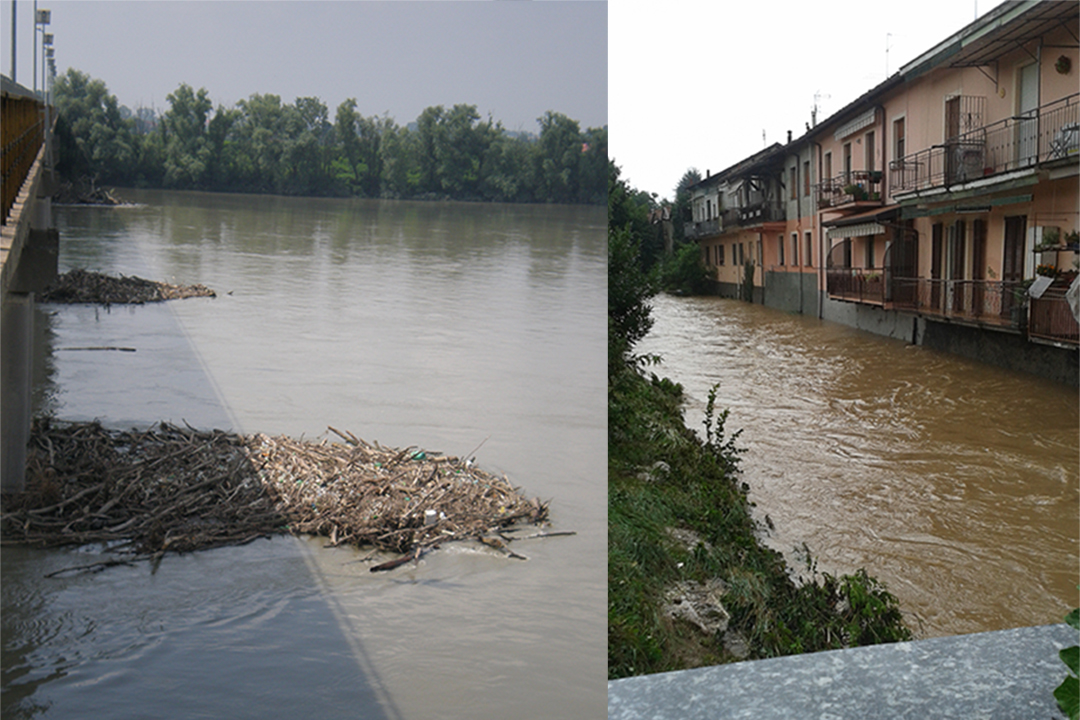Water and Environment
This line of research deals mainly with the movement of ground and underground water, and it is part of the Department’s research themes called “Natural systems, environment and territory” (sub-themes: “Management of natural resources” and “Geological and hydrogeological risk”), “Structures and Infrastructures” (sub-theme: “Hydraulic construction and hydraulic engineering”) and “Materials and mechanics of materials” (sub-themes: “Theoretical, applied and computational mechanics of material and structures” and “Geo-materials”). Beyond traditional research themes of Fluvial Hydraulics, such as the modeling of sediment transport, debris flows and morphological processes in mountainous riverbeds, the group develops topics that have acquired great relevance in more recent times, associated with flood risk management and flood damage assessment, hydraulic vulnerability of river crossing structures and field scale monitoring systems of the erosion at the base of piles and bridge abutments. Similarly, flow and transport modeling of water and contaminants in porous media is supported by research on risk assessment in underground aquifers. In addition, various important studies are developed on the mechanics of sediments, at the grain scale, and their interaction with water and wind.

